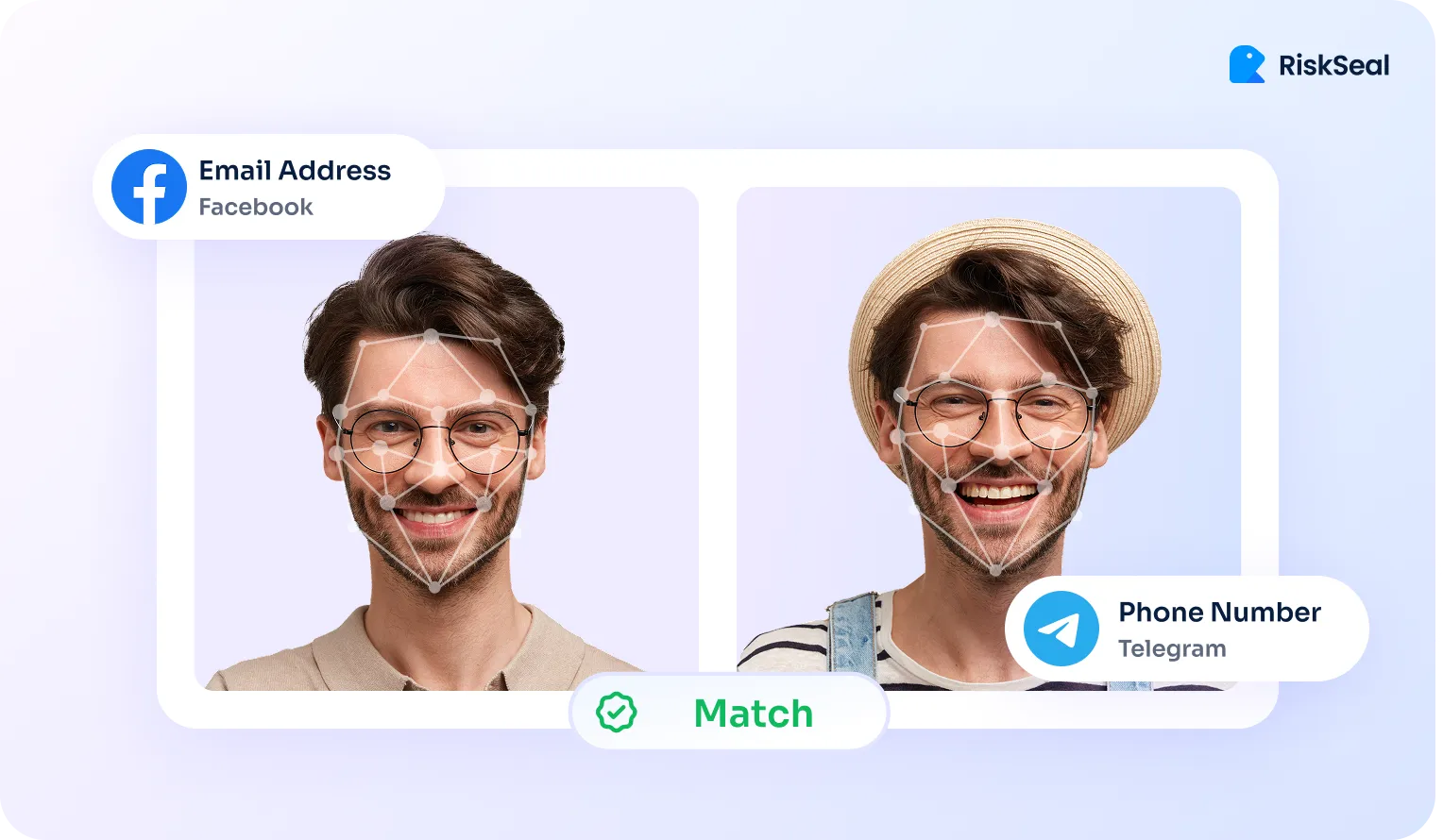Explore what a face recognition system is and how it supports safer, faster credit risk decisions.

The global facial recognition market was valued at $8.09 billion in 2024 and grew to $9.3 billion in 2025.
By 2034, it’s expected to reach $32.53 billion. This reflects an average annual growth rate of 14.93%.

The technology is growing fast and is now a common part of lending workflows.
Facial recognition is a technology that analyzes a person’s face to confirm their identity. It looks at key features like the eyes, nose, and jawline.
In fintech, it’s used more and more to verify users during onboarding.

An AI face recognition system uses machine learning to detect and compare facial features with high accuracy. While basic face matching can happen without AI, most modern systems rely on AI for precision.
The process of face recognition analysis is simple for lenders and follows these key steps:
Face match technique helps lenders make faster and safer credit decisions, especially when traditional credit data is limited. It improves identity verification at key stages of onboarding.
Key benefits include:
By combining facial recognition with other risk signals, lenders strengthen their defenses while keeping the onboarding process efficient.
Facial recognition complements traditional identity verification in lending by adding visual confirmation, especially when credit history is thin or missing.
When used together, these methods create a more complete and reliable picture of who the applicant is.
Facial recognition is one part of a broader risk-checking strategy. It works best when combined with other alternative signals. That way, it can give a more complete picture of an applicant.
Used correctly, it helps lenders reduce fraud, speed up onboarding, and make smarter credit decisions.
To see real results, it’s critical to partner with alternative data providers who: